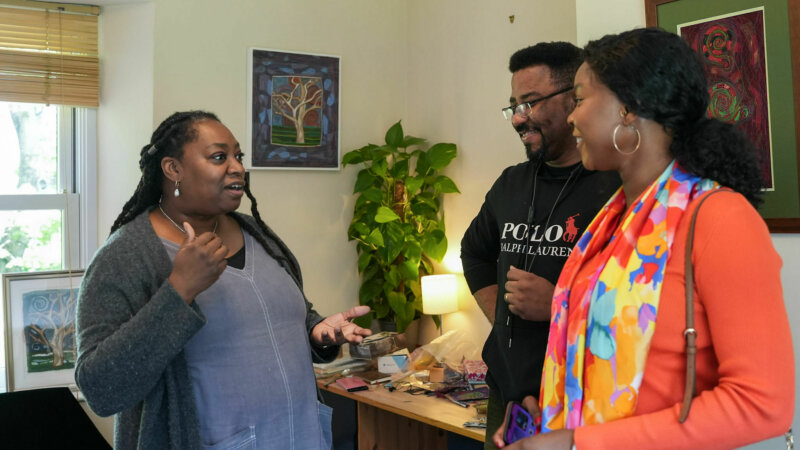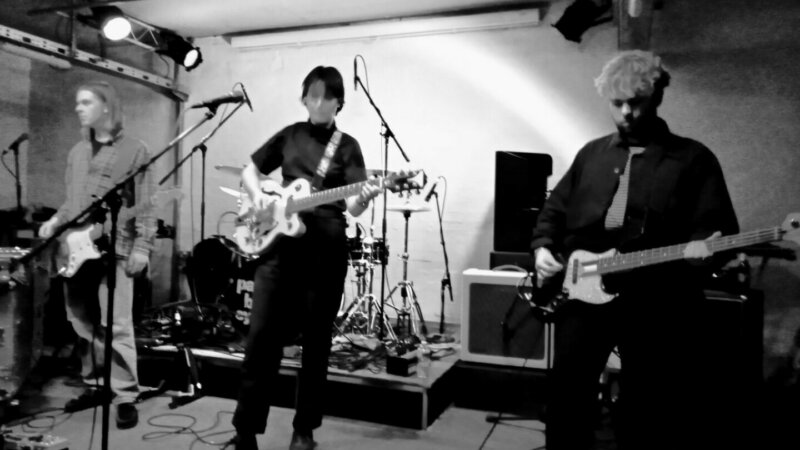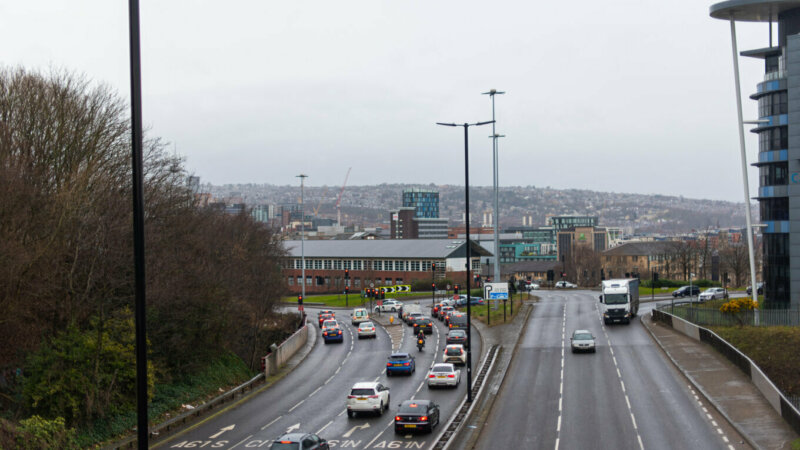Silent Voices: Untying The Hands
You have the vote – now have the statue.
It may be a harsh rush to judgment, but it is over 100 years since Emily Davidson took one for the team and gave a horse a headache. Morpeth, her home town, is only now planning a statue to mark this pivotal moment in the history of suffrage.
Our relationship with public spaces has a fine tradition of philosophy and public debate, occupying the thoughts of diverse bedfellows. Jürgen Habermas’ idea of the public sphere views the provision, use and restricted access to public spaces as a marker of the state’s contract with the individual. All town planners are implicit fiscal futurists, balancing paradoxical value for money, contemporary use and future municipal needs. Whether you side with Habermas or urbanist, academic and government adviser Peter Hall, what we install in our often-cluttered open spaces reflects how, and even if, community cultural engagement is valued.
There is no fixed regulation with regard to public memorials and they tend not to appear until legacy, fundraising or, as in the case of Margaret Thatcher, emotions are allowed to settle, a notional 10-year rule. Nelson Mandela is a notable exception, his Parliament Square statue appearing six years before he died. Plans for a statue of Thatcher in the same location were recently declined in favour of feminist and union leader, Millicent Fawcett. Yet again, we laud the fact that Millie won – but why the wait?
Sheffield’s stunning Women of Steel bronze statue, located outside City Hall since 2016, is not overly celebrated. I couldn't find a postcard or any other reference to it on my last local search. Similarly, the moving and visually-impacting memorial to WW2 occupations undertaken by women (Whitehall, close to the Cenotaph) is not high-profile in visitor information. By contrast, the Rosa Parks statue in Minnesota, jubilating emancipation, human rights and dignity, was commissioned and installed within a year of her death in 2005 – and you can buy postcards.
Heading north to Quebec, the row of bronzes which commemorate significant women in the struggle for rights adorn the entrance to Parliament Building. These were installed rapidly, compared with the UK’s piecemeal, clumsy and seemingly reticent approach. Social confusion and ambiguity, rather than pride. In our public statute example, female effort and sacrifice has taken the long road to find equal respect and status. In the immediate post-war period, the often low-lying, sometimes outright resentment directed towards women who opted to remain in their wartime jobs during the 1940s and 50s may be one explanation. Winning the vote in 1918 was one battle, but the battle for the unconditional acceptance of women in all areas of civil life was nascent.
An earlier illustration of this low-grade manipulation of sentiment is that of executed WW1 nurse Edith Cavell, opposite the National Portrait Gallery entrance at Trafalgar Square. Shot by a German firing squad for assisting allied soldiers to escape from occupied Belgium, her granite memorial appeared promptly in 1920. Some may say a cynical move – not to celebrate bravery, but to continue post-war, anti-German propaganda.
In 1914, four years before women gained the partial right to vote, a male National Portrait Gallery curator suggested that female visitors be handcuffed. There was some method for this madness. Suffragette Anne Hunt had recently slashed a portrait of founder Thomas Carlyle. The practice was never implemented, but the metaphor lives on.
Photo of Women of Steel statue by Martin Jennings, Sheffield City Hall )







